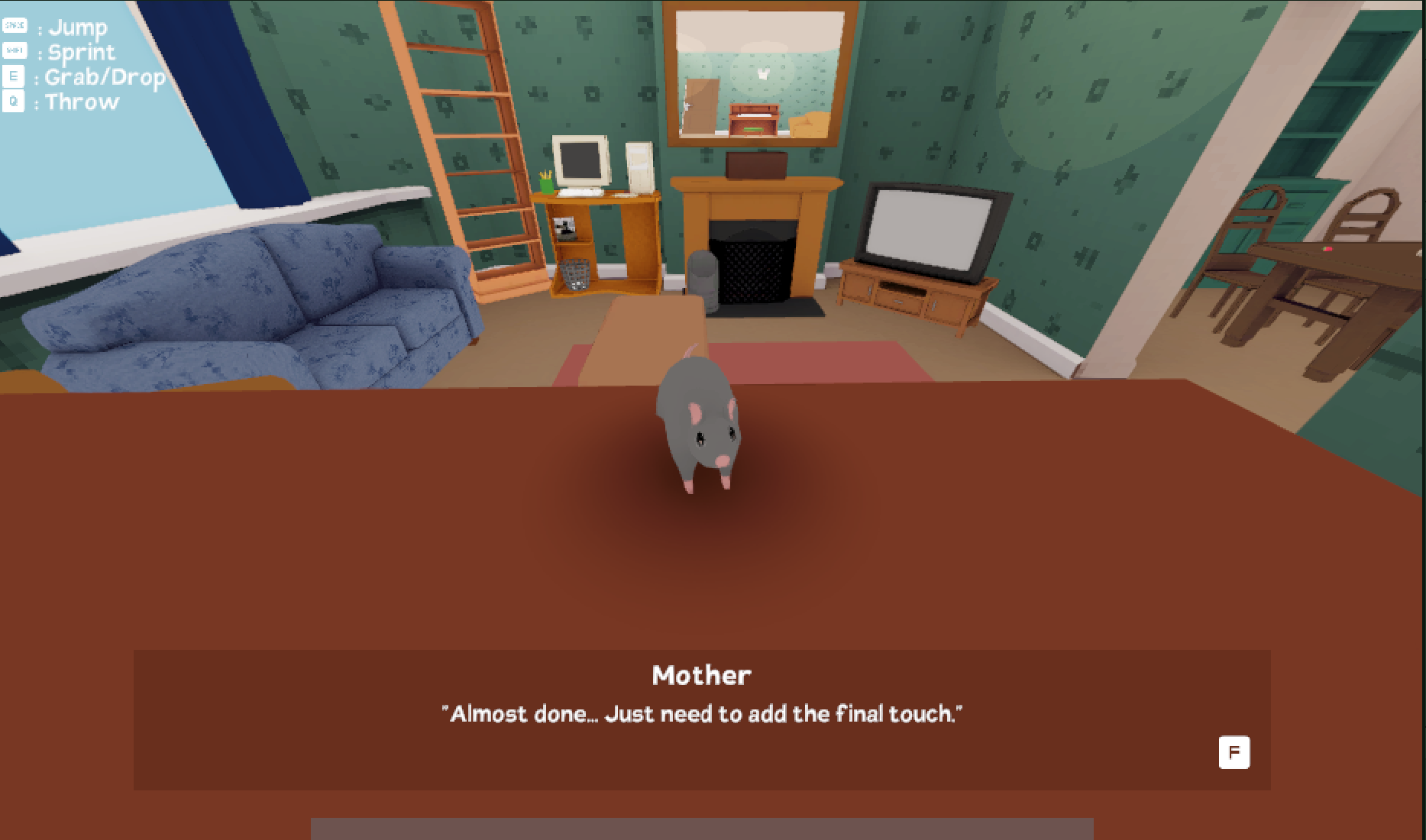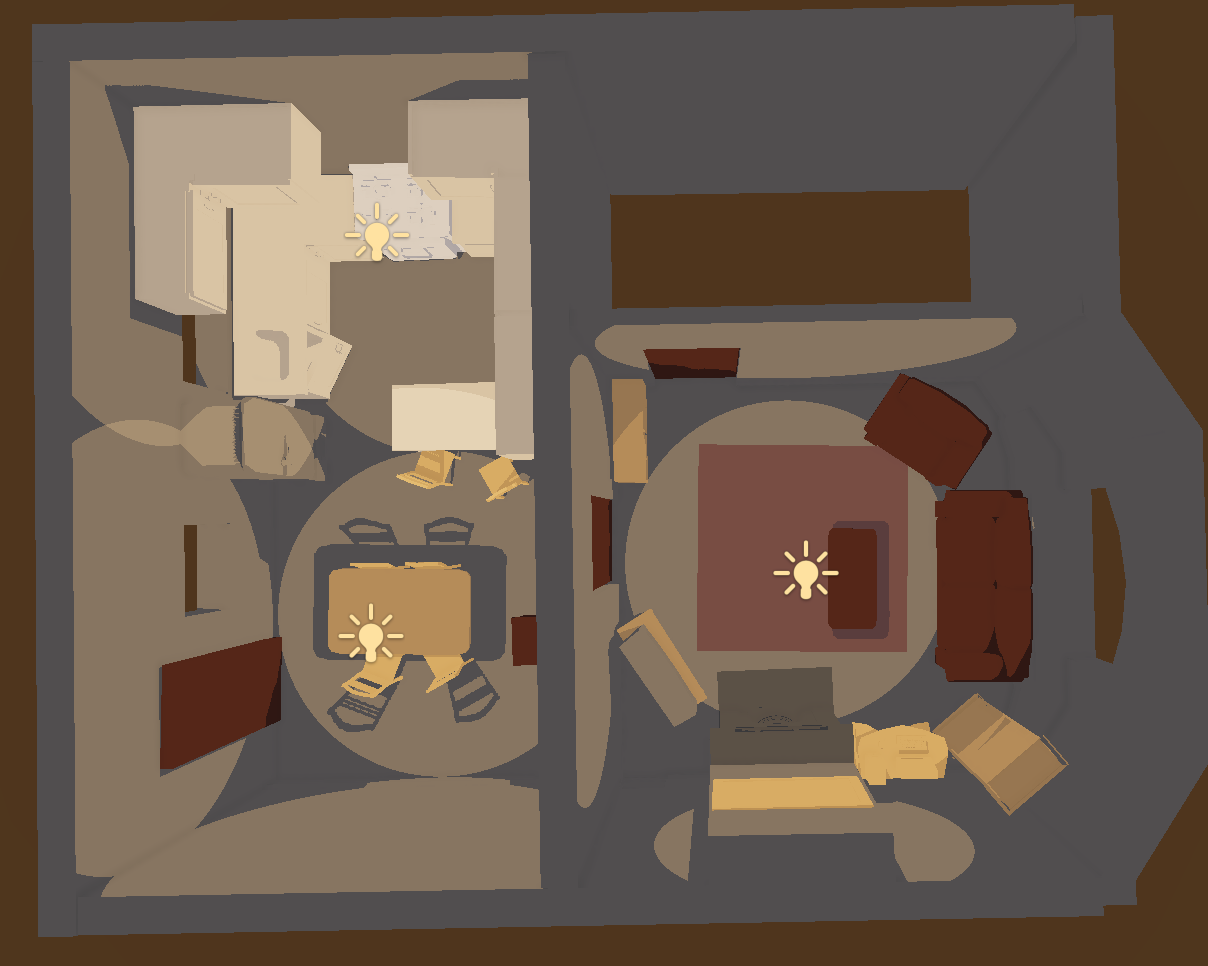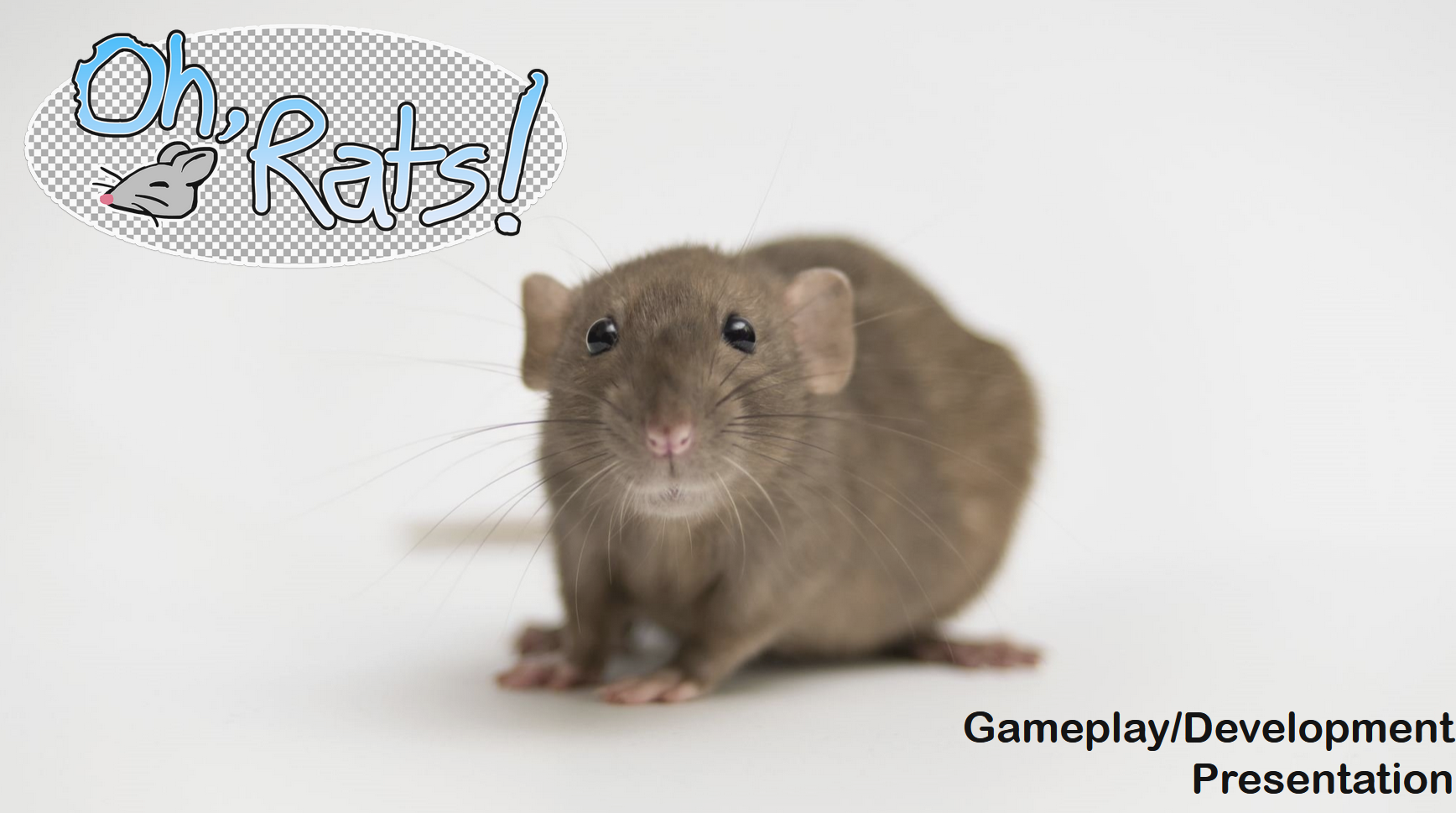DIRECTORY:
– Creating quests that cue and involve the player into narrative
– Finding a story arc for the characters based on player decisions
– The Yarnspinner/Inkle debacle
Creating quests that cue and involve the player into narrative and Finding a story arc for the characters based on player decisions
Before conceiving a complete quest firstly need to need to incorporate the theme and setting of our game, to incorporate the elements that will be present in the game. chen starts off by first giving five quests scenarios (this can be found in the blog), all of which revolve around the family members, which are divided into either helping the family or destroying. We chose 3 as our alternatives, all of which could happen in life, so it seemed more natural and immersive for the game. After our discussion we chose two quests and decided to optimise it from a fixed helping or destroying to a player choosing to help or destroy. It means that the player can have his own choice after knowing the quests, and the final feedback given will be different. We think this makes it more free and immersive. The choice of quests is also very delicate, our game scene is mainly divided into two – kitchen and living room, so we choose two quests, one in the living room and one in the kitchen. The quests are also structured around the characteristics of the room, the cake on the kitchen table and the screws under the sofa in the living room. Then the mouse can do things that are difficult for humans to do because of its small size: find the screws under the sofa and help the family to arrange the strawberry cake or even push the cake down.
Finding a story arc for the characters based on player decisions
We also had internal discussions about how the Respect system would affect the NPC’s feelings towards each other. A rat in the house breeds high tensions, and there was potential for story in there. Eventually we agreed that, if you chose to be nice to the family, then they reflected their mood and are pleasant to each other. If you cause chaos, tension spikes, and they will become moody and their dynamic frictious.
The Yarnspinner/Inkle debacle
Because this was our first collaboration and our first exposure to this type of thing, before that we had only been exposed to Twine as a dialogue system. So we started talking about using Yarn Spinner as the dialogue system for our game, and we’ve done most of the dialogue on Yarn Spinner since then. However, there were some disagreements about our communication problems, but we continued to use Yarn Spinner, and it’s working fine now.





Leave a Reply